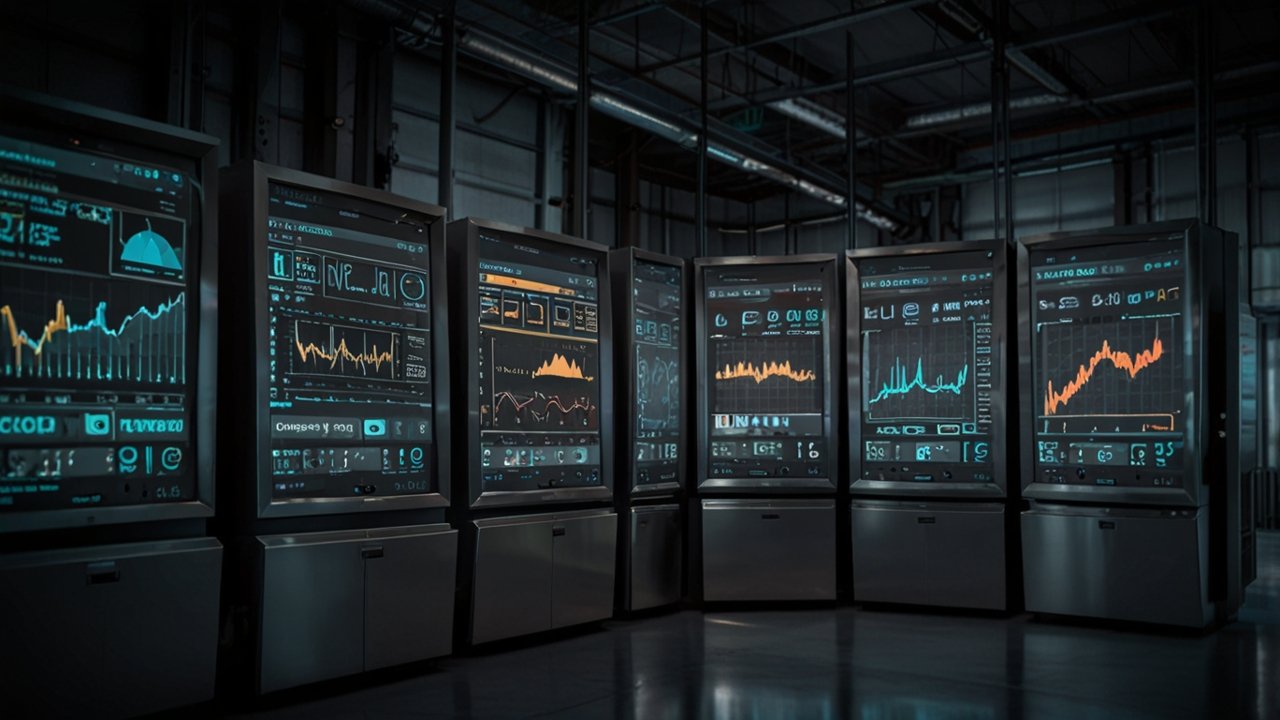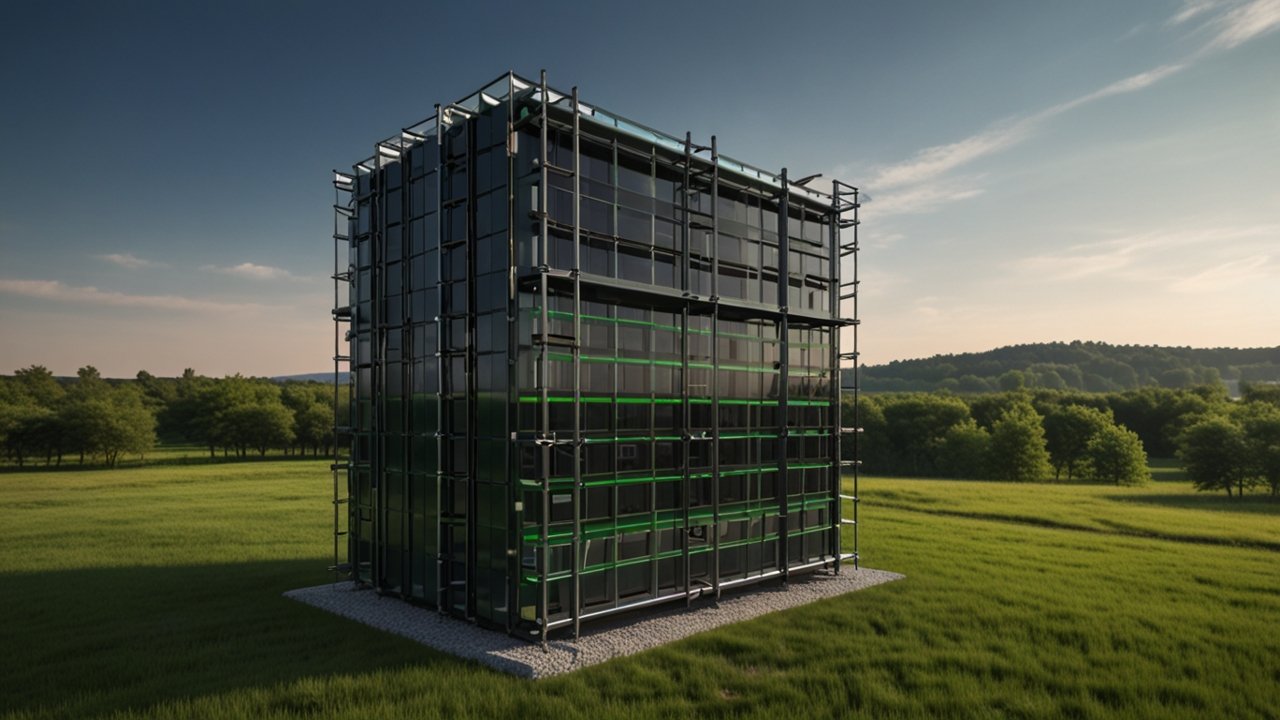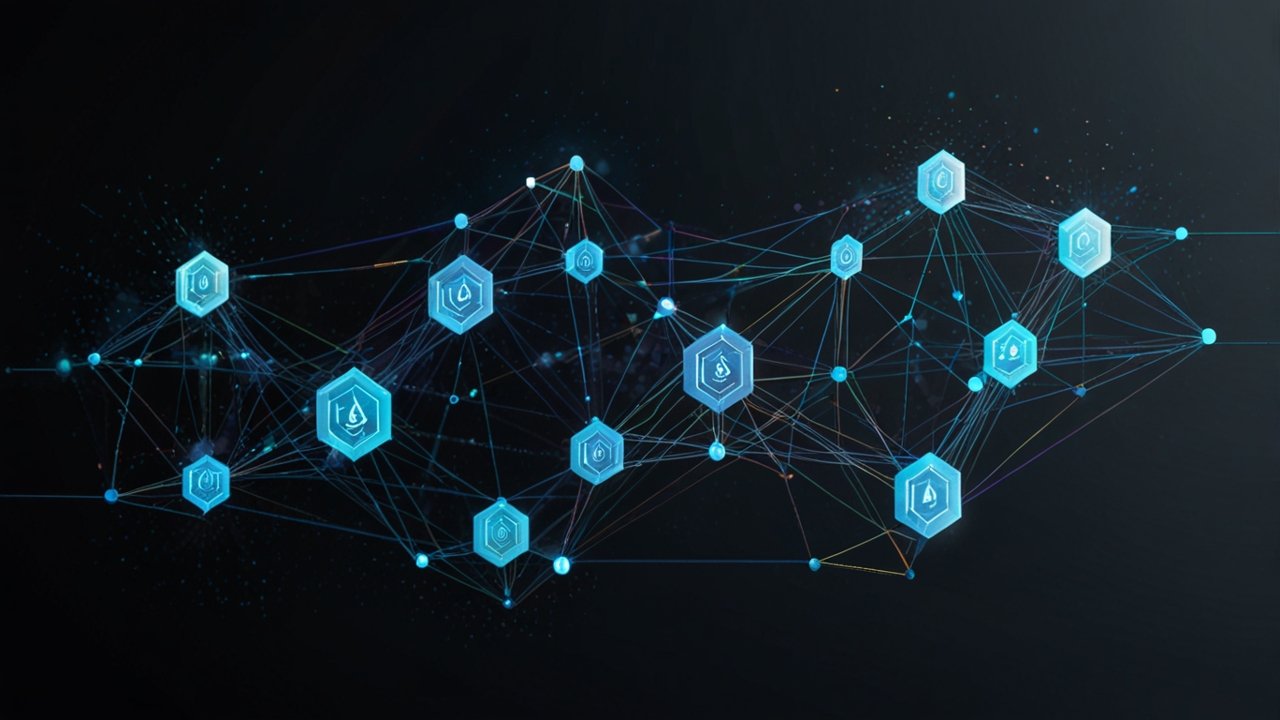IoT Device Management: 6 Smart Strategies
Welcome to our comprehensive guide on IoT Device Management. In today’s digital era, managing connected technological systems has become essential for businesses and consumers alike. This article offers valuable insights into the evolution, current innovations, and future possibilities in this field.
We will explore how smart systems are integrated into everyday environments and examine real-world examples of these technologies in action. Each section is designed to be easily understood, providing clear explanations of complex topics. Your journey into this world begins here.
📑 Table of Contents
- Introduction to IoT Device Management
- Evolution and History of IoT Device Management
- How Connected Systems Enhances IoT Device Management
- Remote Monitoring Systems and Their Applications
- Real-World Case Studies of IoT Device Management
- Device Security in Modern IoT Device Management Solutions
- Future Trends: Network Control and Beyond
- IoT Device Management: A Fresh Perspective for the Future
- FAQ
- Conclusion
Whether you are a tech enthusiast or a professional looking to refine your knowledge, this guide is crafted to speak directly to you. We encourage you to share your thoughts and experiences throughout your reading.
Introduction to IoT Device Management
Overview and Importance
IoT Device Management is essential for ensuring that millions of connected devices function seamlessly across diverse environments. This management process involves techniques that allow for remote monitoring, secure provisioning, and maintenance across distributed networks.
Early implementations were fragmented, but over time, centralized platforms emerged. These platforms now offer smooth integrations for devices regardless of vendor, boosting performance and reliability.
In this section, we also include a tag for further exploration of the topic: IoT (Internet of Things). Have you considered how one change in a management strategy can influence your overall device performance?
Modern Practices and User Benefits
Modern practices in this field use cloud services to streamline provisioning and security measures. Providers like AWS and Azure have paved the way for unified control and easier integration into smart ecosystems.
Users benefit from faster troubleshooting, automated updates, and improved scalability. These advancements are designed to simplify complex setups while ensuring system reliability.
This section invites you to reflect on your current practices—could a more modern approach improve your operational efficiency?
Evolution and History of IoT Device Management
Early Innovations and Fragmentation
The genesis of connected devices can be traced back to the early 1980s, when a networked Coke machine first made an appearance at Carnegie Mellon University. These initial experiments laid the foundation for a much larger revolution.
By the late 1990s, the term “Internet of Things” was coined. However, the early implementations were limited by proprietary protocols and issues with scalability.
For additional insights into historical trends, please see this detailed overview. What lessons from these early experiments do you think still influence modern systems?
Transition to Centralized Management
As markets expanded, companies required centralized provisioning and remote monitoring to manage increasing numbers of devices. The fragmentation of earlier solutions gave way to mature platforms that could support billions of connections.
By 2025, it is estimated that there will be 18.8 billion devices in use worldwide. Detailed statistics on this growth are available in various industry reports.
This historical transition shows how far the technology has evolved. Do you believe the evolution of these management tools was inevitable?
Explore further by checking out this resource from Smart Tech.
How Connected Systems Enhances IoT Device Management
Integrated Systems and Scalability
Connected systems enable an integrated approach to managing devices from various vendors. This integration supports scalability, reducing the overhead associated with managing fragmented systems.
Centralized platforms such as AWS IoT Device Management provide managed integrations and uniform control, ensuring a secure and cohesive ecosystem. A notable example is the integration of SDKs and support across multi-vendor environments.
This section includes an external link for further study: managed integrations details. How might a more integrated system reduce operational costs for you?
Enhanced Performance Through Automation
Automation plays a critical role in ensuring that these systems operate efficiently. Features such as over-the-air (OTA) updates, AI-driven analytics, and automated provisioning help maintain optimal device performance.
This automation reduces the need for manual intervention and minimizes downtime. It exemplifies how digital transformation can simplify large-scale technical operations.
With these benefits in mind, how do you think automation can reshape your approach to network management?
Remote Monitoring Systems and Their Applications
Real-time Tracking and Performance Maintenance
Remote monitoring systems provide continuous oversight of device performance and overall system health. These systems rely on dashboards and alerts to signal deviations from normal operating parameters.
This technology enables proactive maintenance, offering predictive insights through real-time data tracking. Statistical reports indicate that more than 90% of IoT use case projects reported positive returns in recent years.
For more information, consider reviewing this case study that details real-time data ingestion and efficiency improvements. What remote monitoring features are essential for your business?
Application in Diverse Industries
Remote tracking has found applications across a diverse set of industries—from industrial automation and smart cities to healthcare and consumer products. The adaptability of these systems speaks to their robust design and technological advancement.
The use of connected sensors for continuous data capture is a common practice in modern systems. Evidence of this trend is observed globally, based on accepted industry statistics.
Reflect on your own experiences: could remote monitoring help address challenges in your operations?
Don’t forget to visit the tag Smart Cities for additional insights on urban implementations.
Real-World Case Studies of IoT Device Management
Success Stories from the Americas and Europe
Examples abound where advanced management strategies have yielded significant improvements. Nestlé, for instance, has scaled to 2.8 million connected devices across 97 countries, managing over 2.1 billion data points through AWS IoT Core.
This achievement underscores how centralized platforms convert massive data sets into actionable insights. In the Americas, General Electric has applied predictive analytics to maintain wind turbine performance, reducing repair costs by 20%.
For a deeper dive into industrial applications, visit this real case study. Have you experienced similar improvements in your operations?
Additionally, check out the tag Digital Transformation for more inspiring stories.
Innovative Strategies from Asia and Australia
In Asia, companies like John Deere have improved agricultural outcomes by using connected systems that monitor soil and weather conditions. Crop yields have reportedly increased by up to 15% through these data-driven decisions.
Similarly, in Australia, smart grids in utilities and mining have enhanced energy distribution and reduced outage times by 30%. These examples illustrate regional adaptations of advanced management practices.
How do these case studies relate to your experience? Consider sharing your thoughts in the comments below.
Comprehensive Comparison of Case Studies
| Example | Impact | Data Points | Region |
|---|---|---|---|
| Nestlé | Scalable device operations | 2.8M devices, 2.1B data points | Global (Americas focus) |
| General Electric | Improved turbine efficiency | 20% lower repair costs | US |
| John Deere | Enhanced crop yields | +15% productivity | Asia |
| Siemens | Smart factory optimization | 99.98% product quality | Europe |
| Bosch | Predictive maintenance | Reduced downtime | Europe |
Device Security in Modern IoT Device Management Solutions
Security Architectures and Strategies
Modern environments demand advanced security strategies to protect vast networks of devices. Zero-trust architecture now forms a cornerstone of secure systems, ensuring that all devices continuously authenticate without implicit trust.
Blockchain technology is also finding its way into securing device identities and transaction data. This combination of strategies strengthens system integrity across different industries.
For a thorough guide on security best practices, see this in-depth resource. What new measures could further secure your network?
Edge Computing and Proactive Threat Protection
Edge computing minimizes latency by processing data closer to the source, thereby enhancing security and responsiveness. This approach supports rapid threat detection, making systems more resilient against potential attacks.
Automated, AI-driven threat detection systems are becoming more common as the frameworks evolve further. These innovations improve efficiency and provide continual protection without heavy reliance on centralized data centers.
How might edge-based security solutions transform your operations? Consider integrating these strategies to stay ahead of emerging threats.
Future Trends: Network Control and Beyond
Anticipating Growth and Expansion
The future of these management strategies rests on rapid adoption and continued innovation. Projections indicate that connected devices may exceed 25 billion by 2025, necessitating robust platforms that evolve alongside them.
Technologies like AI and edge computing will further catalyze local decision-making and reduce network latency. Regulatory frameworks and sustainability goals will also shape forthcoming trends.
As you look ahead, what advancements do you foresee impacting your business the most?
Envisioning Next-Generation Control
Network control strategies are poised to become even more sophisticated, blending automated threat responses with real-time analytics. As systems become more interconnected, control mechanisms must evolve to manage new challenges efficiently.
This forward-thinking approach focuses on energy efficiency and sustainability while ensuring reliable operation across industries. Emerging solutions are not only about control but also about creating intelligent, self-sustaining environments.
What changes in network control do you think will redefine industry best practices in the near future?
IoT Device Management: A Fresh Perspective for the Future
This special section invites you on an explorative journey into a realm where organized systems and strategic oversight shape operational excellence. Envision a world where digital frameworks work in harmony to orchestrate smooth and efficient processes. The discussion here is steeped in innovation and forward-thinking methods that challenge tradition while embracing a dynamic approach to system organization.
In this transformative era, the synergy between automated processes and remote capabilities has become noticeable across various sectors. Innovative tactics and efficient techniques pave the way for operational agility. Many organizations are discovering that graceful orchestration can be achieved by leveraging integrated digital platforms, drawing from decades of lessons and pioneering practices.
This narration is a celebration of modern ingenuity, blending sophisticated systems with intuitive management strategies. It emphasizes the importance of structured approaches to enhance overall performance and reduce unnecessary complexity. As you reflect on these ideas, consider how adaptable and resilient frameworks can lead to unprecedented operational finesse.
Ultimately, this narrative presents a powerful vision of the future—one that challenges you to rethink established norms and invites you to explore emerging methods that set new benchmarks. Immerse yourself in a story of continuous improvement and ingenious design, and allow it to inspire your next strategic move. The possibilities are boundless, and the pursuit of excellence never ceases.
FAQ
What is IoT Device Management?
It refers to the systematic process of onboarding, configuring, monitoring, and maintaining devices connected over digital networks to ensure their secure and efficient operation.
How has the history of connected systems shaped modern practices?
Early experiments with networked devices laid the foundation for today’s integrated systems by highlighting the need for centralized control, automated updates, and improved security measures.
What role does automation play in managing large networks?
Automation streamlines maintenance, provides real-time analytics, and reduces downtime by enabling remote updates and predictive diagnostics. This reduces manual oversight and enhances reliability.
How do real-world case studies influence future trends?
They offer practical evidence of improvement in operational efficiency and cost reduction, which informs ongoing innovation and the development of new management strategies.
Why is network control considered crucial for future developments?
Effective network control encompasses security, scalability, and the integration of emerging technologies, ensuring that the system remains robust and adaptable amid rapid expansion.
Conclusion
This extensive journey through IoT Device Management has highlighted how strategic innovations and advanced systems continuously reshape our world. By exploring history, real-world applications, and future trends, we see how integrated management translates into operational success for diverse sectors.
Modern solutions—fueled by automation, centralized controls, and emerging security measures—offer rich opportunities to improve efficiency and drive sustainable growth. Have you reflected on how these practices might transform your own approaches?
We invite you to comment, share your experiences, or Contact us for further discussion. For more information, please revisit our linked resources and explore additional insights on emerging smart technologies.




















Leave a Reply